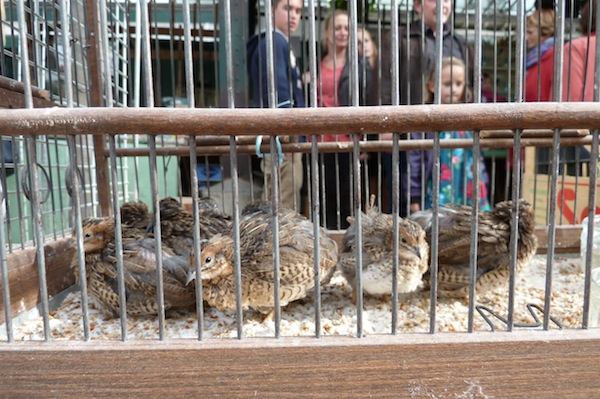
New Evidence Confirms 1969 Hypothesis About a Neocortical Structure in Avian Brains
Humans invent tools, talk to each other, and philosophize, thanks to a part of the brain known as the neocortex. All mammals have it, allowing them to function on a more sophisticated level than animals like geckos and sea anemones. And then there are birds. Avians don’t have a neocortex, yet they display higher level processes in their behavior, a characteristic which led Dr. Harvey Karten to speculate about the existence of a similar structure in birds. New research published in the Proceedings of the National Academy of Sciences confirms his hypothesis over four decades later.
Back in 1969, while studying the organization and evolution of bird brains, Dr. Karten hypothesized that birds are capable of “refined sensory-motor and cognitive operations” because their brains include cells and circuits that act similarly to those found in the mammalian neocortex. Instead of organizing themselves into six neat layers, like in mammals, he speculated that the cells responsible for more sophisticated brain processes in birds formed a different type of architecture.
“I concluded that, in avian and reptilian brains, the major sensory cells and circuits directly comparable to those of the mammalian neocortex are found in the [Dorsal Ventricular Ridge] (DVR) and adjoining dorsomedial pallial ‘wulst’,” Dr. Karten says in an article published in the journal Current Biology.
In his article ,”Neocortical Evolution: Neuronal Circuits Arise Independently of Lamination,” the longtime MBF Bioscience customer and collaborator writes about a new University of Chicago study that offers new evidence in support of his 44-year-old hypothesis.
Published in the Proceedings of the National Academy of Sciences, the study, conducted by Dr. Jennifer Dugas-Ford, Dr. Joanna Rowell, and Dr. Clifton Ragsdale focused on the brains of chickens and zebra finches, two different types of bird species. By using molecular markers, the researchers discovered that the genes expressed in layers four and five of the mammalian neocortex were also expressed in the DVR nuclei in the brains of these birds.
Dr. Dugas-Ford called the evidence “really incredible,” according to a University of Chicago press release. “All of our markers were exactly where they thought they would be in the DVR when you’re comparing them to the neocortex,” she said.
Dr. Karten was “delighted by the findings,” he told us via email.
Read our interview with Dr. Karten to find out more about his research on the evolution of avian brain.



